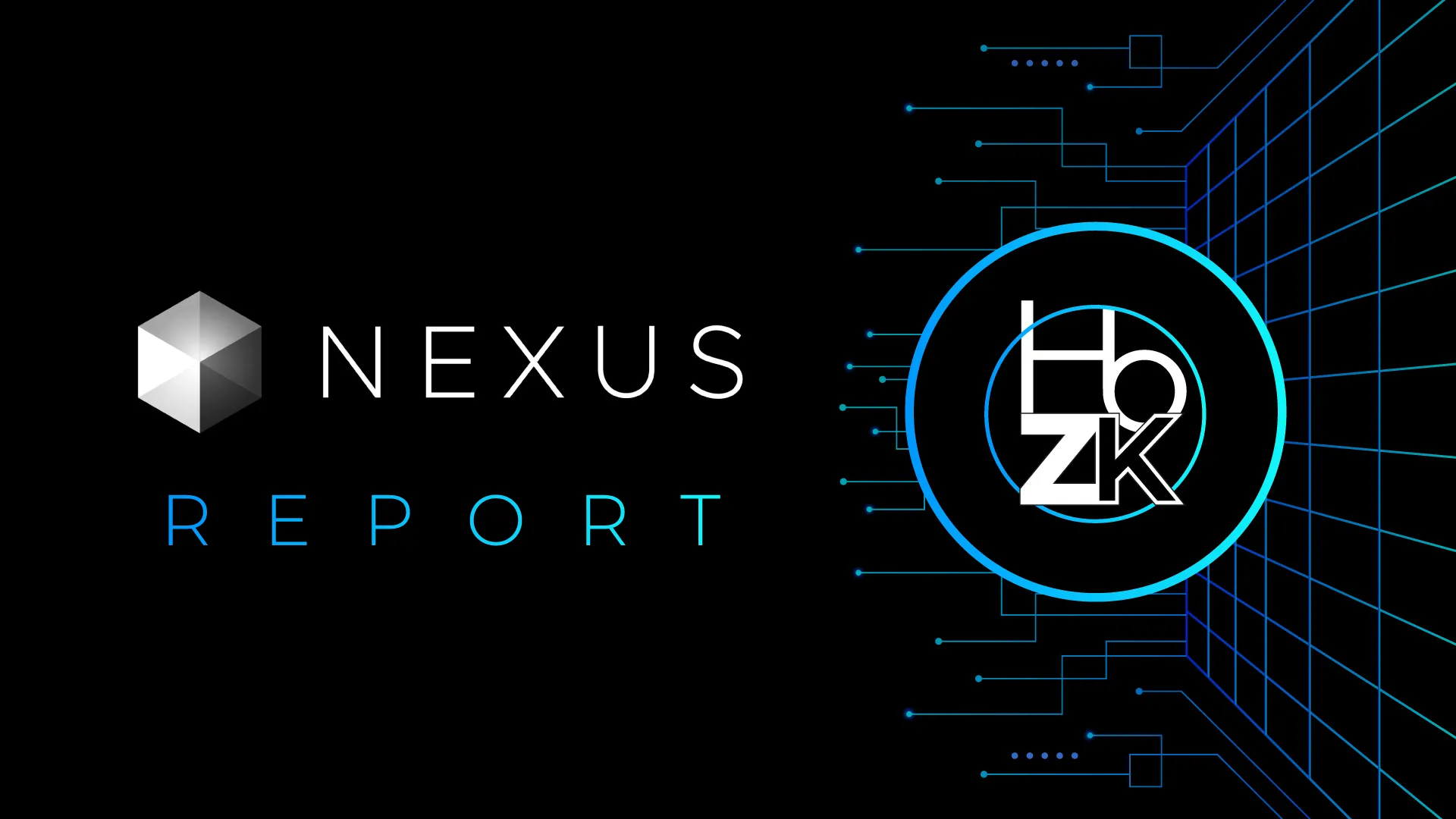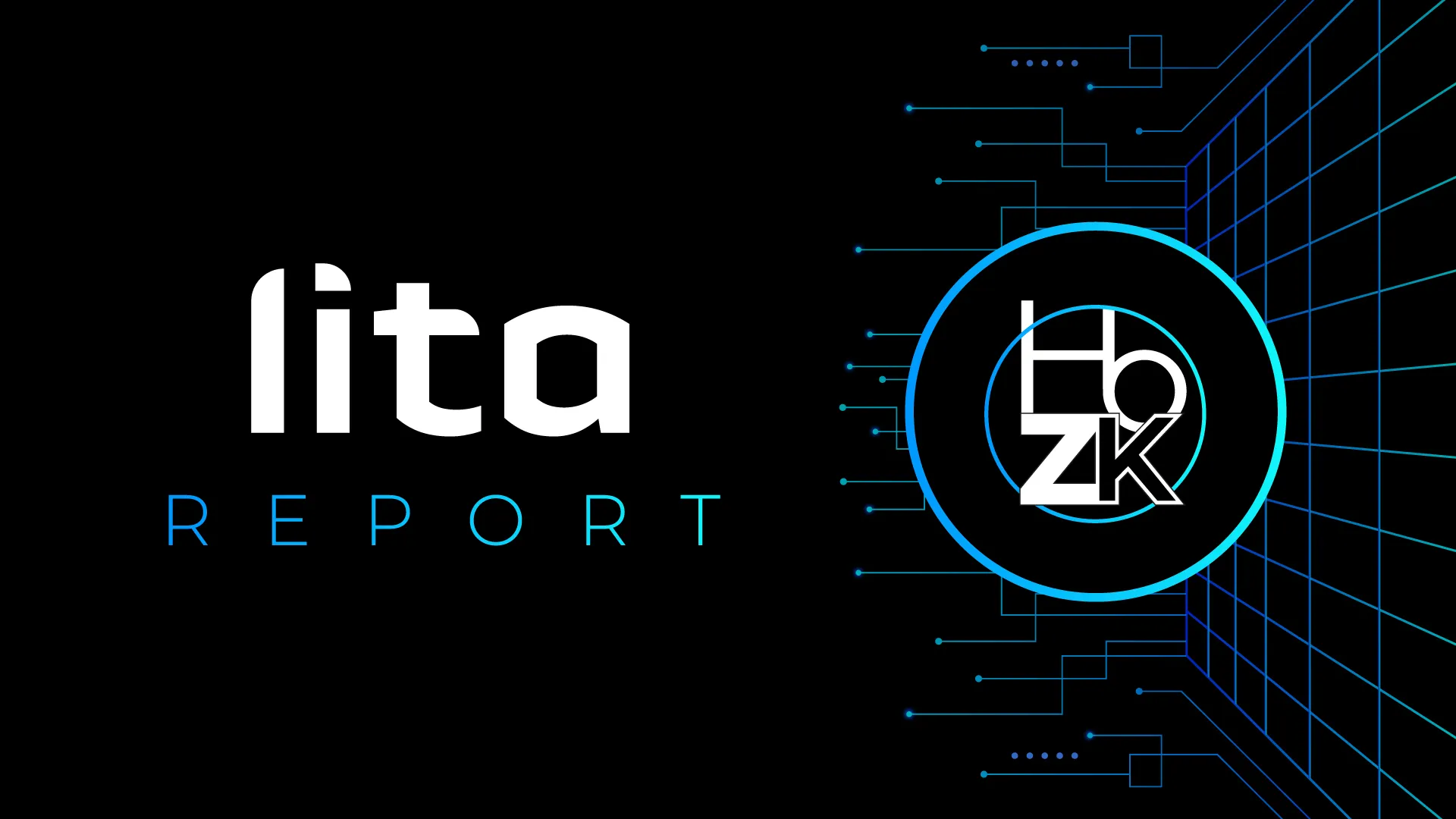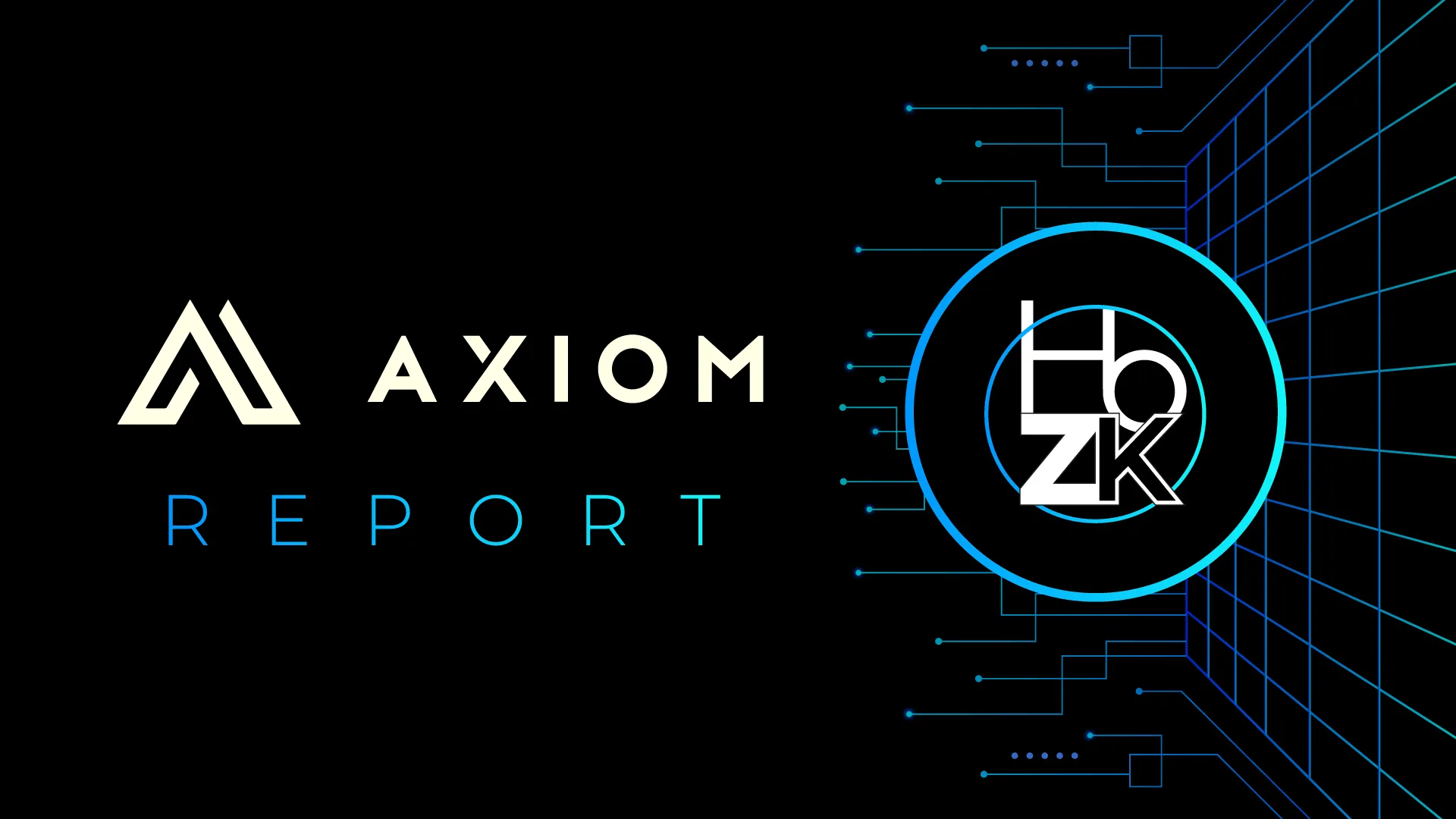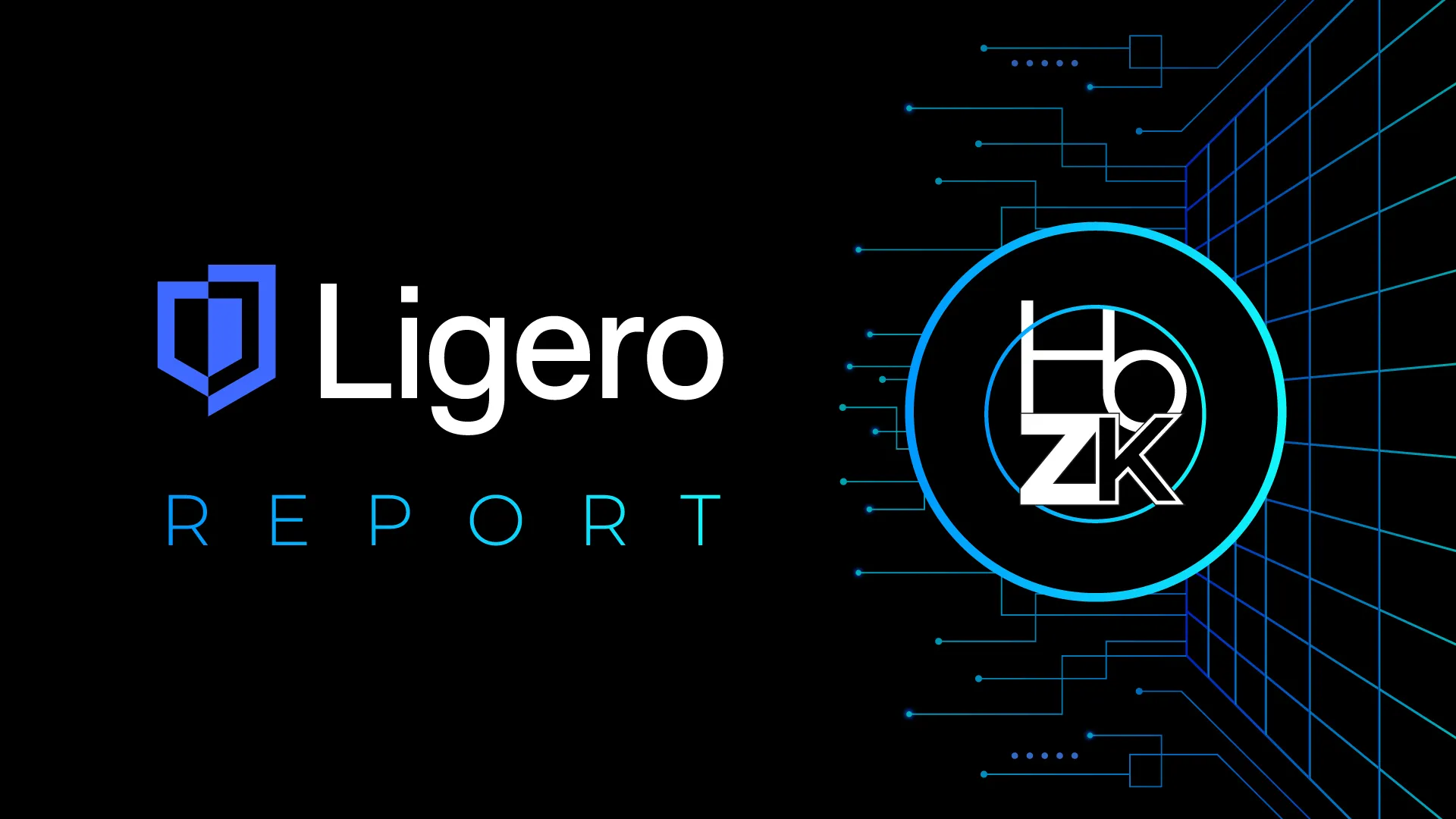
Here we report on the progress of the leading builders in the zkVM ecosystem, documenting recent significant releases, technical breakthroughs and general updates.
Featuring: @SuccinctLabs, @ProjectZKM, @NexusLabs, @boundless_xyz/@RiscZero, @brevis_zk, @0xLita, @ziskvm, @ligero_inc& @openvm_org

Tech
@SuccinctLabs introduced SP1-CC, a ZK coprocessor for @ethereum that lets developers read historical blockchain state, run complex offchain computations, and verify results onchain with a single proof: https://blog.succinct.xyz/sp1-cc/
SP1-CC removes gas constraints and EVM limitations without changing L1 code, enabling new use cases in governance, DeFi, airdrops, and security disclosures. Teams like @eigenlayer already use it to reduce costs and increase flexibility.
Partnerships
The project recently announced a number of new partnerships including:
@Snarkify_ZKP: Joined the Succinct Prover Network as an early prover team, bringing a custom SP1-SRT proving engine optimized for real-time ZKP generation on GPUs and FPGAs, helping reduce latency and cost across the network: https://blog.succinct.xyz/snarkify/
@a41_allforone: Integrated into the network as a multi-node prover with a scheduler that coordinates hundreds of GPUs, along with a Python-optimized backend, enabling high-throughput proving for applications like gaming, AI, and rollups: https://blog.succinct.xyz/a41/
@cysic_xyz: Added to the network as a hardware-accelerated prover running large GPU clusters and preparing to launch a custom ASIC for zkVM workloads, contributing deep expertise from ZPRIZE and production-grade ZK infrastructure: https://blog.succinct.xyz/cysic/
@worldcoin: Collaborated to prove all transactions on World Chain using OP Succinct, running a 7-day mainnet experiment with parallel proof verification and demonstrating fast, cost-efficient validity proofs for one of the largest OP Stack chains: https://blog.succinct.xyz/world-pilot/
@Mantle_Official: Supported Mantle Network’s transition to OP Succinct on testnet, aligning with their roadmap to enhance security and decentralization with ZK-powered fault proofs and modular infrastructure: https://x.com/SuccinctLabs/status/1940882476291051612
@zan_team: Joined as a multi-node prover powered by @AntChainOpenLab, contributing hardware-accelerated infrastructure and FPGA-based SP1 optimization that improves proving speed by 20x over CPUs, helping drive down network costs and pave the way for ZK ASICs: https://blog.succinct.xyz/zan/
Media
Finally, Succinct Co-founder @pumatheuma joined @alicelingl on the recent 'Succinct Special', where they discussed Succinct's latest developments and everything ZK:
https://x.com/HouseofZK/status/1945557874329227426

Tech
@ProjectZKM introduced Ziren - a GPU-accelerated zkVM with distributed proving, formerly known as zkMIPS: https://zkm.io/blog/ziren-build-with-confidence-deploy-without-compromise
Built on the zk-efficient MIPS32r2 architecture, Ziren is already powering real-world applications like @GOATRollup and reduces proof generation time significantly over previous versions.
Research
ZKM published multiple new articles highlighting the latest advancements in its ZK proving stack:
The first article introduced the upgrades that came with the Ziren rebrand - GPU acceleration, distributed proving, and various constraint optimizations: https://zkm.io/blog/ziren-whats-new
The second explained the Ziren System Framework, covering the full pipeline from high-level code to on-chain proofs. It details how MIPS-based execution traces are converted into STARKs, recursively aggregated with PLONK, and finalized into Groth16 for efficient verification: https://zkm.io/blog/the-ziren-system-framework
The third article completed the trilogy of ZKM's ISA series, focusing on why ZKM chose MIPS32r2 over RISC-V. It emphasizes circuit stability and proof longevity, explaining how MIPS offers a fixed, unchanging ISA, ensuring proofs remain valid for years without rework: https://zkm.io/blog/why-zkm-chose-mips32r2-over-risc-v-part-3-proof-longevity-and-circuit-stability
In the most recent article, ZKM introduced Jagged Polynomial Commitments - a method for handling irregular matrices in zkVMs. By using sparse-to-dense conversions and sumcheck protocols, it enables scalable, efficient commitments across dynamic proof structures: https://zkm.io/blog/jagged-polynomial-commitments
Media
Lastly, @DacEconomy (ZKM Chief Scientist) and @sd_eigen (core contributor at GOAT Network) joined @alicelingl to discuss how ZKM’s zkVM powers GOAT Network’s Bitcoin L2: https://x.com/HouseofZK/status/1942914020119384553
They explored Entangled Rollup infrastructure, real-time and aggregated proof generation, and replacing validator trust with mathematical certainty - highlighting the architecture and security model behind GOAT’s approach to Bitcoin scalability.

Tech
@NexusLabs shared its latest string of updates: https://blog.nexus.xyz/nexus-changelog-7-18-25/
Mobile Enhancements: A new bottom navigation bar improves usability on small screens. Power usage is reduced for devices awaiting proof tasks, and the leaderboard now loads data per page for faster performance and lower consumption.
Rewards and Dashboard: Users can now claim rewards directly from the homepage. Pending transactions are clearly shown, and the Nodes dashboard highlights unclaimed points.
Backend Upgrades: The system now handles more proof claims at a higher speed, supporting future network growth and activity spikes.
CLI Improvements: The CLI now supports Docker, speeds up builds through smarter caching, and verifies proofs locally before submission. Installation is more reliable across platforms, and the terminal UI is easier to read.
zkVM Progress: Implementation of RV32i execution chips was completed. Emulator efficiency improved, and minor issues in the RV32m chip were addressed - advancing the modular prover design.
Events
The project also shared notes from @BerBlockWeek: https://blog.nexus.xyz/berlin-blockchain-week-field-notes/
Discussed ZK and the need for benchmarking standards at @HouseofZK' Ethproofs Summit
BaFin’s restrictions on Ethena highlighted regulatory tensions.
Undercollateralized DeFi credit offers broader financial access.
Gaming focus: better UX and PlaysOut partnership.
At AI Agent Summit, Nexus presented its Verifiable AI Lab for secure, scalable AI-blockchain integration.
Blockchain Education
Nexus also published an article explaining how blockchain explorers make complex blockchain activity accessible and transparent: https://blog.nexus.xyz/understanding-blockchain-explorers/
These tools act as search engines for onchain data, helping users verify transactions, monitor smart contracts, analyze network metrics, and explore economic activity. By translating raw cryptographic data into readable formats, explorers empower users - from developers to regulators - to understand and engage with blockchain systems directly and independently.
Partnerships
Nexus has integrated with @babylonlabs_io Genesis to adopt Bitcoin staking as a security layer for its network: https://blog.nexus.xyz/babylon-genesis-partnership/
This allows Nexus to tap into over 44,000 staked BTC without requiring token inflation or custodial risk. The move enhances economic security and decentralization, aligning with Nexus’s goal of building a high-integrity, programmable platform for the Verifiable Internet.

Tech
@boundless_xyz by @RiscZero has launched its Mainnet Beta on @base, bringing ZKPs into real-world use: https://beboundless.xyz/blog/mainnet-beta
'The Signal' was introduced - an open-source ZK client that compresses @ethereum finality into a single proof, enabling cross-chain verification. By separating execution from consensus, Boundless allows scalable computation without sacrificing security. Proving is permissionless, with real incentives and live application support already running on Base.
Partnerships
The Signal by Boundless is now supported by @eigenlayer, @unichain, @LineaBuild, @wormhole, @Optimism, @StellarOrg, @RiscZero, @build_on_bob, @anoma, @alt_layer, @conduitxyz, @taikoxyz, @Alchemy, @hyli_org, @celestia, @AragonProject and @union_build.
Together, these networks enable ZK-based @ethereum finality to become a universal, verifiable primitive for cross-chain applications - without oracles, bridges, or trust assumptions: https://x.com/boundless_xyz/status/1945514706338238806

In the latest Ethproofs Call, @succinct_li of @brevis_zk shared updates on Brevis’s in-house zkVM, Pico: https://youtube.com/watch?v=D2TpmD62tjQ&t=386s (Timestamp 11:06)
Brevis's GPU-based prover, Pico v1.0, delivers up to 20× speed improvements over their CPU version and outperforms leading competitors by around 25-27%.
The team plans to release Pico v2.0 by the end of August, aiming for real-time proving. They also intend to open-source the GPU code after completing multi-GPU and multi-machine support in the coming months.

@0xLita introduced Valida 0.10.0, a major update to its zkVM stack: https://lita.foundation/blog/announcing-valida-0-10-0
The release adds Continuations for partial execution proofs, a client-side WASM API for browser-based zk proofs, and improved Rust/LLVM toolchain support.
It also includes Docker images for x86 and ARM, early support for Secp256k1 and memcpy, and Reva, an @ethereum block executor.

@openvm_org has released version 1.3.0, introducing revamped guest libraries that cleanly separate low-level bindings from high-level APIs: https://x.com/openvm_org/status/1945888944031428746
The update includes a new Rust library for verifying STARK proofs, CLI enhancements supporting Cargo options, and patches for cryptographic crates like k256 and p256. No circuit changes occurred. Developers are encouraged to migrate to the new libraries.

@ligero_inc posted an insightful thread explaining how enterprises struggle to balance scalability, privacy, and compliance with decentralization and interoperability in blockchain adoption: https://x.com/ligero_inc/status/1945867774490030217
Their solution is Ligetron, a memory-efficient zkVM that supports browser-based deployment and runs on any device. Ligetron enables private rollups, real-time compliance logic, and app development in C, Rust, or COBOL. It also ensures interoperability through low-latency, ZK-proven inter-chain messaging.
KYC
The project also shared an article covering how Ligero plans to reshape KYC/AML processes in Web3 using self-sovereign identity and ZKPs: https://ligero-inc.com/kyc-aml
Theri system enables users to generate a single compliance proof on their smartphones, valid across services, with no personal data ever leaving the device.
A rollout roadmap includes ID and biometric verification in 2025, AML screening in 2026, and fraud detection by 2027.
Partnerships
Lastly, Ligero has partnered with @SoundnessLabs to enable on-chain verification of its hash-based ZKPs: https://soundness.xyz/blog/ligero-soundness
Ligero’s memory-efficient zkVM, Ligetron, can now generate client-side proofs verified via Soundness Layer’s decentralized network.
This integration addresses major challenges like gas limits and proof size, offering scalable, cross-chain, post-quantum-secure verification for developers building privacy-preserving applications across Web2 and Web3 ecosystems.

@ziskvm has released version 0.10.0, featuring performance improvements, reduced memory requirements (now under 48 GB) and a range of small fixes: https://x.com/ziskvm/status/1948810226746228912
The update refines hashing functions, optimizes memory use, and improves execution and ASM services. The software remains in development, not yet audited or production-ready. Mac is not currently supported, but work is ongoing.